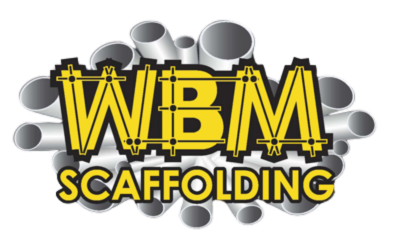Scaffolding plays a vital role in commercial construction, refurbishment, and maintenance projects. With larger structures, tighter timelines, and more people on-site, the stakes are higher — making proper planning and safety even more important.
We’ll share practical commercial scaffolding tips to help property owners, project managers, and site supervisors avoid common issues and ensure their scaffolding works efficiently from start to finish. This advice comes from the various small and very large scale commercial projects we have worked on in the last 12 months. You can see some of these projects in your gallery or on your Instagram.
1. Start with a Proper Site Assessment
Before scaffolding is designed or erected, the site must be properly assessed. This helps determine:
- Ground conditions and load-bearing capacity
- Height and layout of the structure
- Access requirements for workers and materials
- Obstructions such as trees, roads, or nearby properties
- Risk to the public or adjacent buildings
An experienced scaffolding provider will carry out a full survey, checking for structural hazards, uneven ground, or tight working spaces that may require bespoke solutions.
2. Always Use CISRS-Qualified Scaffolders
Commercial scaffolding projects must follow strict safety standards. Only qualified professionals should carry out the work. Make sure your scaffolding team holds CISRS (Construction Industry Scaffolders Record Scheme) cards. This ensures:
- Proper training in working at height
- Understanding of scaffold design and load capacity
- Knowledge of industry legislation
- Compliance with inspection and maintenance regulations
Choosing the cheapest option with unqualified labour can lead to serious safety risks — and may also leave you liable in the event of an accident.
3. Plan for Pedestrian and Vehicle Management
Commercial projects often take place in busy areas — town centres, business parks, or near transport routes. If your scaffolding will extend into a public footpath or road, you’ll need to plan for:
- Barriers and signage
- Overhead protection for pedestrians
- Traffic diversion or management (if applicable)
- Application for a local authority permit
Your scaffolding contractor should handle the licence process and ensure compliance with all council regulations. In Kent, this is managed by Kent County Council, and the process can take several days to arrange.
4. Understand the Role of Temporary Roofs
In long-term or large-scale refurbishments, the internal structure is often exposed to weather. A temporary roof system protects workers and the property itself from rain, wind, and falling debris.
These systems are common on commercial jobs like:
- Office roof replacements
- School refurbishments
- Large residential developments
- Public building maintenance
While temporary roofs add cost, they reduce delays and protect materials — which often results in savings over the full project timeline.
5. Schedule Regular Scaffold Inspections
Once scaffolding is in use, it must be inspected:
- Before first use
- Every 7 days during use
- After any significant change (e.g. modification, weather event)
A qualified person must document each inspection. This helps maintain safety standards and ensures early detection of wear, damage, or tampering.
Keeping records of inspections is also essential for legal compliance, especially if you’re the site manager or main contractor.
6. Budget for Flexibility
Commercial projects rarely run exactly to schedule. Delays due to weather, subcontractor availability, or planning changes are common.
When hiring scaffolding, allow for flexibility in the hire period. Discuss:
- Extension options and daily/weekly hire rates
- What happens if the project ends early
- Whether any adjustments (e.g. partial removal) are included
This avoids rushed decisions or unexpected costs if your project overruns.
7. Consider Load-Bearing Needs Early On
Unlike simple domestic jobs, commercial scaffolding often needs to support heavy loads:
- Construction materials
- Tools and machinery
- Multiple workers operating at once
A scaffolding design must factor in these loads to remain structurally sound. Discuss with your scaffolder how weight will be distributed across the structure and whether you’ll need extra platforms, reinforced bracing, or loading bays.
8. Communicate Clearly With All Parties
Effective communication between the scaffolding provider, site manager, and tradespeople using the scaffold helps avoid misunderstandings and downtime.
You should:
- Share project timelines early
- Agree scaffold access points and working hours
- Plan scaffold removal around other phases of work
- Keep all teams informed of changes in scaffold design or layout
This is especially important on multi-contractor sites, where several trades are working in the same area.
9. Don’t Overlook Public Liability Insurance
Make sure your chosen scaffolding company holds public liability insurance — typically £5 million as a minimum for commercial work. This protects everyone involved if damage or injury occurs due to the scaffold.
You should ask for a copy of their insurance documents before work begins and keep a copy on site.
10. Prioritise Local Experience
Choosing a scaffolding company with experience in the area can help avoid delays and improve coordination. Providers who have worked on similar commercial projects nearby are likely to:
- Understand local access restrictions
- Know the right council contacts for permits
- Be familiar with typical property layouts in the area
- Respond faster to onsite adjustments
WBM Scaffolding is based in Ashford and regularly supports commercial projects across Kent, including Sittingbourne, Maidstone, Canterbury, and the wider region. You can contact us here to discuss your site needs or arrange a site visit.
We also share project updates and live scaffolding installations on our Instagram, so you can see the scale and variety of our commercial work.

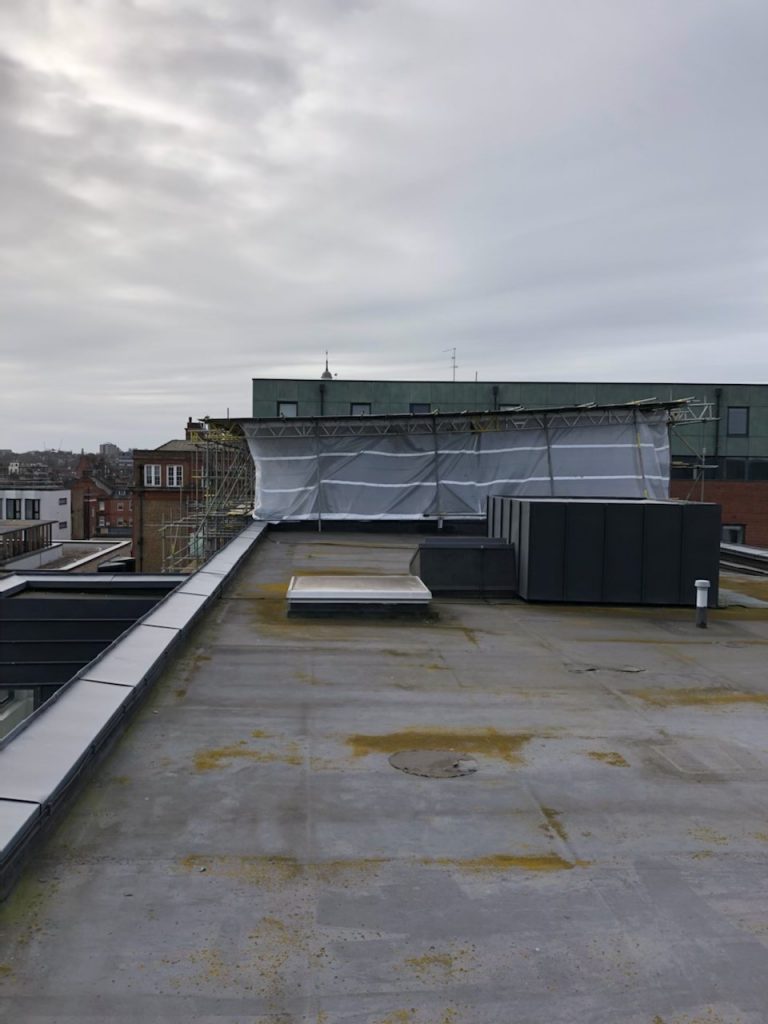
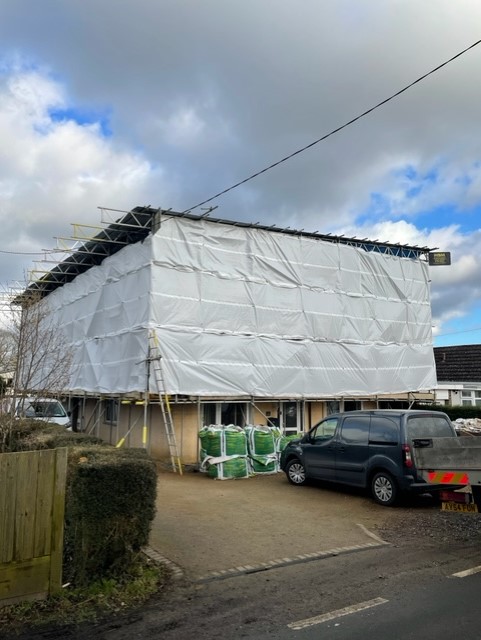

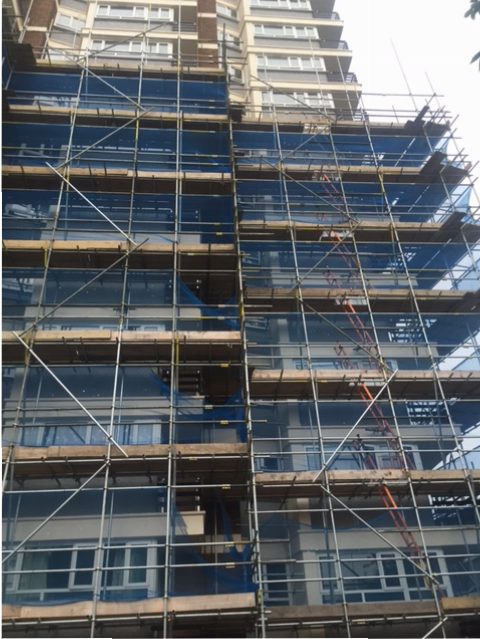
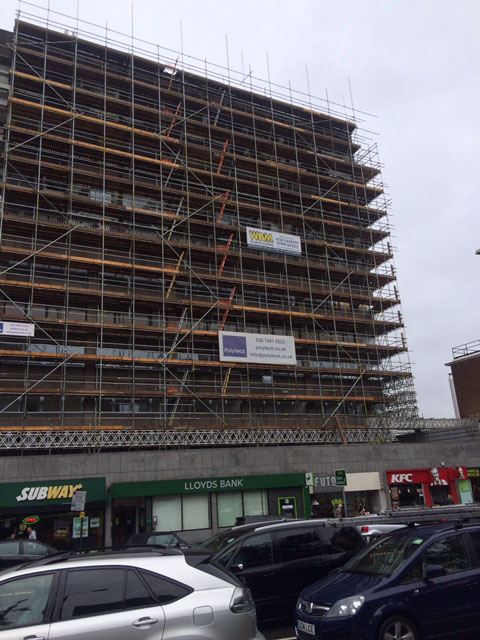
Additional Tips for Commercial Projects
- Request a method statement – detailing how the scaffold will be erected and dismantled
- Limit unauthorised access – lock access ladders at the end of each shift
- Use toe boards and brick guards – to prevent items falling from the platform
- Secure all tools and materials – especially on multi-storey jobs
- Account for deliveries – leave space for unloading and skip access if required
WBM Conlcusion
Scaffolding may seem like just one part of a larger commercial project — but when managed properly, it sets the foundation for everything else to run smoothly.
These commercial scaffolding tips are designed to help you stay compliant, safe, and on schedule. From proper planning and licensing to inspection and dismantling, each stage matters.
If you’re managing a commercial job in Kent and need expert support, WBM Scaffolding offers a full range of services tailored to business premises, retail units, public buildings, and more. We deliver safe, compliant, and practical scaffolding solutions designed around your site.
To request a quote or discuss your project requirements, contact us here — our experienced team is ready to help.
